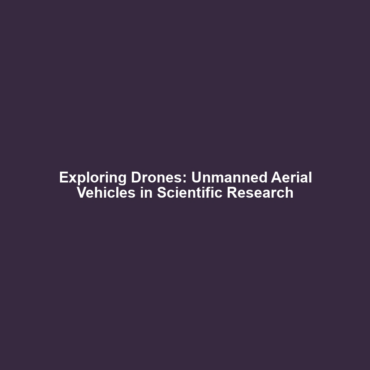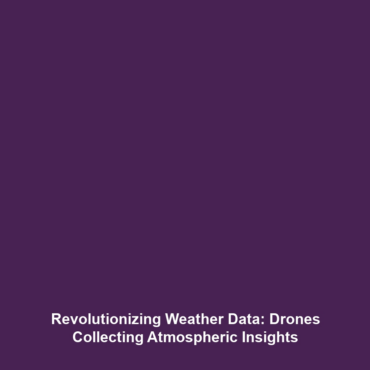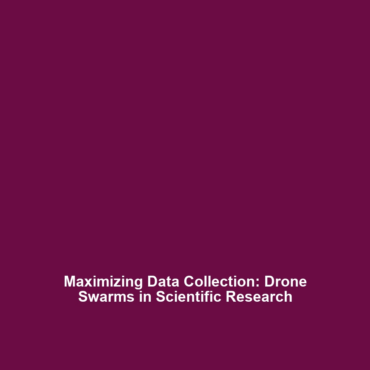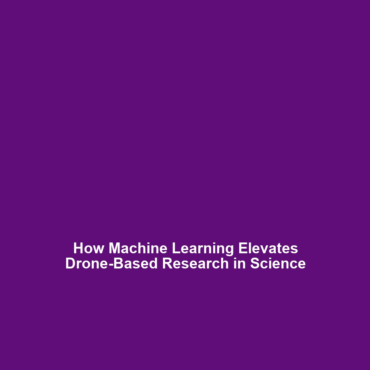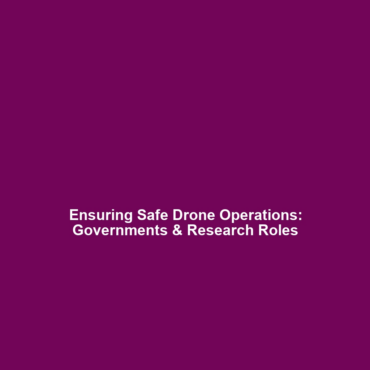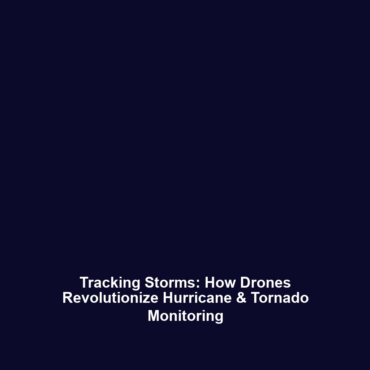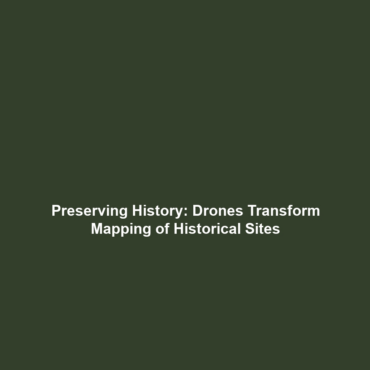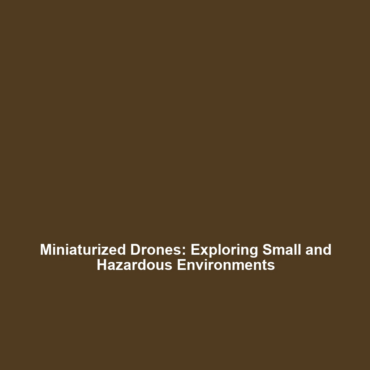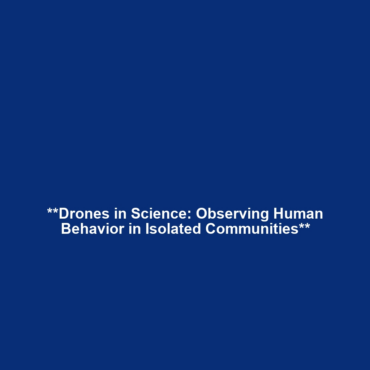The Future of Humanoid Robots in Space Exploration, Disaster Response, and Personal Robotics
The evolution of humanoid robots holds substantial promise for the future, transforming industries such as space exploration, disaster response, and personal assistance. As technology advances, the significance of these robots in enhancing human capabilities and ensuring safety in critical situations cannot be overstated. With applications ranging from conducting research on Mars to providing support during natural disasters, humanoid robots are set to play a pivotal role in both current and future endeavors.
Key Concepts of Humanoid Robots
Humanoid robots are designed to replicate human movements and functionalities, performing tasks that require a degree of adaptability and dexterity. Key concepts in this domain include:
- Artificial Intelligence (AI): The integration of AI allows humanoid robots to process data, make decisions, and learn from their environments.
- Robot Mobility: Advanced locomotion technologies enable robots to navigate various terrains, which is crucial for both space missions and disaster scenarios.
- Human-Robot Interaction: Effective communication between humans and robots is essential for user-friendly designs, facilitating smoother operations in personal robotics and emergency situations.
Applications and Real-World Uses
The future of humanoid robots encompasses a range of exciting applications across multiple sectors. Noteworthy examples include:
- Space Exploration: Humanoid robots like NASA’s Valkyrie are being developed to assist astronauts in off-world environments, performing tasks that ensure successful missions.
- Disaster Response: Robots such as RoboCup Rescue are deployed during natural disasters to navigate hazardous zones, conducting search and rescue operations efficiently.
- Personal Robotics: Humanoid robots are being utilized in homes to provide companionship, assistance for the elderly, and support for individuals with disabilities.
Current Challenges in Humanoid Robotics
Despite the promising advancements, several challenges persist in the field of humanoid robots:
- Technical Limitations: Current robots may struggle with advanced manipulation tasks and complex decision-making in dynamic environments.
- Safety Concerns: Issues surrounding the safety of humans working alongside robots remain a significant focus for developers.
- Cost of Development: High research and production costs can limit the availability and implementation of humanoid robots in various sectors.
Future Research and Innovations
The field of humanoid robotics is poised for rapid innovation, with various research directions focusing on:
- Next-Generation AI: Enhanced machine learning algorithms will improve robots’ problem-solving abilities and adaptability in unstructured environments.
- Soft Robotics: This innovative technology aims to create more flexible and safe robots capable of interacting closely with humans.
- Integration of IoT: Networking humanoid robots with smart devices will optimize their functionality and enhance overall performance in various applications.
Conclusion
The future of humanoid robots in space exploration, disaster response, and personal robotics is bright, offering transformative possibilities for how we navigate challenges in these fields. As we witness continued advancements, stakeholders across sectors must invest in research and resources to further develop these technologies. For more information on related topics, consider exploring our sections on space robots, disaster response technologies, and personal assistive robots.

